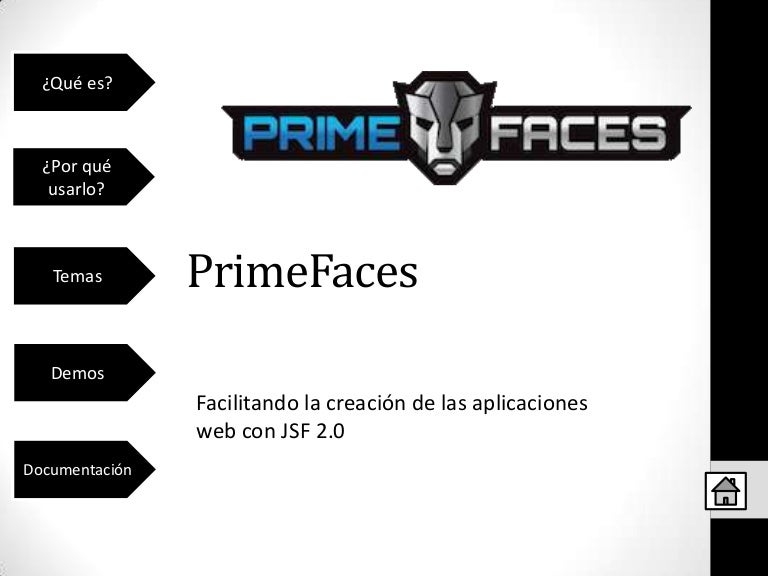
JSF 2.3 () – Major features: search Expressions, extensionless URLs, bean validation for complete classes, push communication using WebSocket, enhanced integration with CDI.JSF 2.3 () - The first release of the Jakarta Server Pages API for Jakarta EE.Neither the API nor the behavior has changed.JSF 3.0.0 () - Package name changed from Javax to Jakarta.JSF 4.0 () - Major features: Deleted some deprecated things (native managed beans, native EL references), no extended view by default, added ClientWindowScoped.JSF 2.0 also includes a number of other changes like adding support for events, separate development, staging, and production modes, similar to RAILS_ENV in Ruby on Rails, and significantly expanding the standard set of components.

This includes logical naming and versioning of resources. The latest JSF release has built-in support for handling resources like images, CSS and Javascript, allowing artifacts to be included with component libraries, separated into JAR files, or simply co-located into a consistent place within the Web application. The addition of Partial State Saving and Document Object Model (DOM) updates are part of the built-in standardized AJAX support. Page transitions can be invoked simply by passing the name of the desired View or Facelet. Navigation is also simplified, removing the need for faces-config.xml navigation cases. The new JSF developments also provide wide accessibility to Java annotations such as and that removes the need for faces-config.xml, in all cases except framework extension. This eliminates the life-cycle conflicts that existed with JSP, forcing workarounds by Java developers. Latest developments įacelets (which was designed specifically for Java Server Faces) was adopted as the official view technology for JSF 2.0. In June 2001, JavaWorld would report on Amy Fowler's team's design of "the JavaServer Faces API" (also known as "Moonwalk") as "an application framework for creating Web-based user interfaces". In 2001, the original Java Specification Request (JSR) for the technology that ultimately became JavaServer Faces proposed developing a package with the name I also liked the one-jar dependency in PrimeFaces while IceFaces needs, at least, three jar libraries to work.This section needs expansion. I only miss a good support for server-push in PrimeFaces while this is well supported in IceFaces. I've tried IceFaces and PrimeFaces and finally chose PrimeFaces due to zero-configuration start-up, simplicity with the use of components and the good great integration with JQuery. C rarely produce good argument whether to go with one component library or another. Also consider maturity, support available, resources available, enterprise features, etc. Try them all in a small POC, a few pages maybe and then decide for yourself. Lastly, the "automatic AJAX" server-side DOM diff in ICEfaces can create performance issues server-side if your pages get big - most of the time you know what you want to refresh, and explicitly specifying update="id" on a component is more effective.
#Primefacs icefaces adoption 2016 code
In PrimeFaces, thanks to "widgetVar", you can bind the component to a client-side variable accessible in jQuery and regular DHTML events.įurther, the PrimeFaces components handle many of the common cases with less code for example, a dialog component includes the title bar and the "X" to close, while in ICEfaces you have to roll your own for that (or buy the EE with composite components). In ICEfaces, you need a server-side round trip and a managed bean property + action listener to open a dialog. I've used both ICEfaces and PrimeFaces and prefer PrimeFaces for two main reasons: development efficiency and UI performance/responsiveness.


 0 kommentar(er)
0 kommentar(er)
